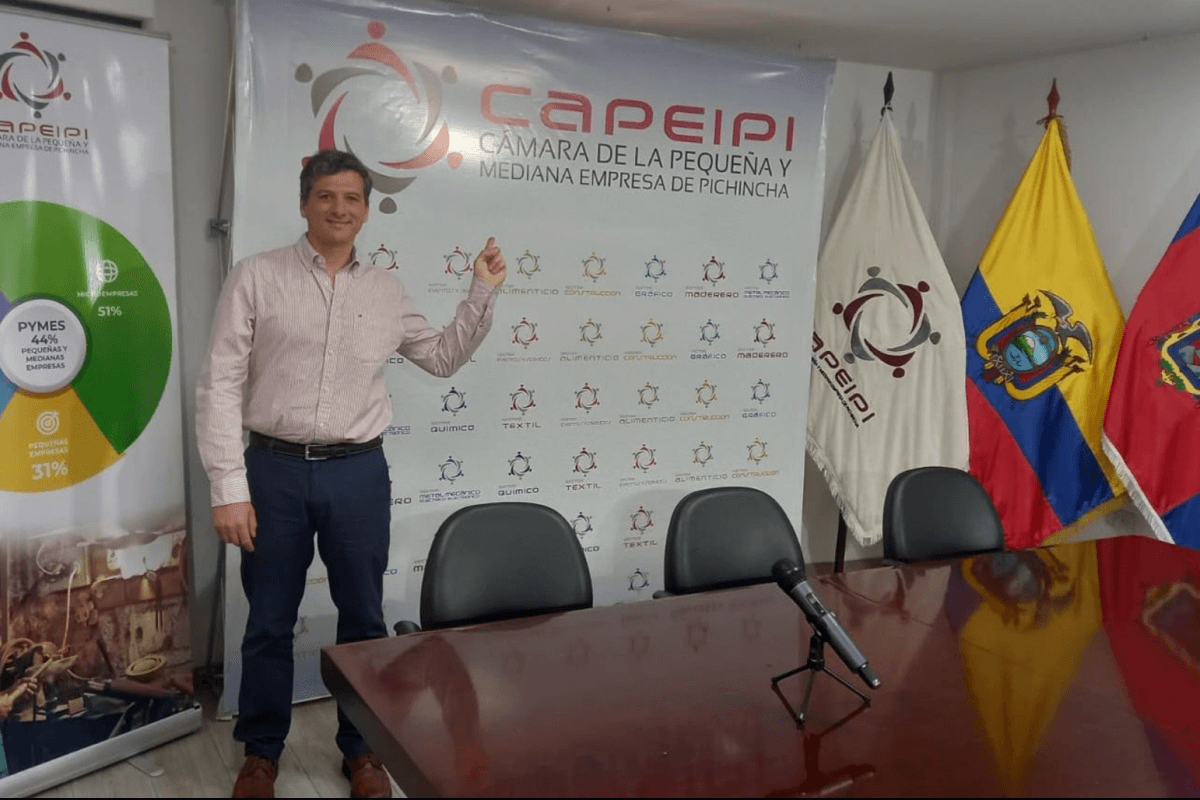The Carbon Footprint as a management and communication tool
Climate change is one of the greatest challenges to be faced globally. We are all part of the solution, and that is why it is very important to have tools that facilitate the management and communication of a climate strategy. All companies, regardless of size and sector, can make a difference.
After more than 30 years of the United Nations Framework Convention on Climate Change (UNFCCC), different drivers for action can be observed. Among them, and the most important: the evidence confirming that global climate change is accelerated by anthropogenic causes. This is an indisputable fact.
On the other hand, the Paris Agreement – from which its signatory countries commit to implement emission reduction strategies – increasingly proposes more regulatory elements at both national and local level arising from the need to meet the goals of the Agreement (Nationally Determined Contributions -NDCs-); and, finally, consumers who demand low-carbon products, customers who begin to require their suppliers to manage their greenhouse gas (GHG) emissions or regulations on operations between assets and companies.
The first step in defining a robust climate strategy is to know where we are starting from, that is, to know the Carbon Footprint that we generate or have been generating as a result of our activities. Knowing or calculating the Carbon Footprint involves identifying, on the one hand, the direct sources of greenhouse gas emissions associated with our activities, over which we have control; and, on the other hand, those indirect sources of emissions over which we can have influence but not control, such as emissions from our suppliers or customers.
Direct emission sources are those that we usually refer to as Scope 1, while indirect emission sources through energy purchases are those referred to as Scope 2. And all other indirect emission sources are those referred to as Scope 3.After identifying the emission sources and knowing the activity data available (e.g. consumption, distances, power, hours of use, etc.), the best method of quantification is chosen following internationally accepted methodologies.These methodologies make it possible to know the amount of greenhouse gases generated by each of the activities of the business or activity.
After identifying the emission sources and knowing the activity data available (e.g. consumption, distances, power, hours of use, etc.), the best method of quantification is chosen following internationally accepted methodologies. These methodologies make it possible to know the amount of greenhouse gases generated by each of the activities of the business or activity. The amount of greenhouse gases calculated will reflect the potential impact on climate change. In turn, this impact potential can be linked to the type of activity through indicators such as carbon intensity, either at the level of the organization/business or at the level of each of the products (whether goods or services).
At the same time, the analysis of this indicator can be performed at different levels:
- By type of emission source, for example those emissions linked to stationary fuel burning, refrigerant gas losses, among others.
- By sector (production, logistics, etc.).
- Business unit.
- Sites.
- Life cycle stages (upstream, core, downstream).
By analyzing the disaggregated carbon intensity, information is available to study the possibility of reducing emissions through specific activities framed as emission reduction projects and to define a path to follow or a climate strategy. When defining a climate strategy, each organization will have a horizon that reflects its commitment to reduce emissions. This commitment is called a reduction target. Greenhouse gas emission reduction targets can be defined, for example, on the basis of the climate objectives of not exceeding the global temperature by 1.5°C or 2°C compared to the pre-industrial era, based on the Science Based Targets methodology.
In turn, these reduction goals will require the definition of actions or projects to reduce emissions from which they will seek to achieve them.
In this way, it will be possible to follow up or monitor the Carbon Footprint in order to know the impact of such activities or projects in terms of Climate Change mitigation.
By managing the Carbon Footprint and identifying potential reduction sources, potential savings can be programmed, mainly associated with minimizing the consumption of energy resources, materials and raw materials, having a positive impact not only internally but also along the value chain.
Ecuador Carbon Forum: Moving Towards a Low Carbon Economy At
Mar del Plata Undertakes: Sustainable and Triple Impact Entrepreneurship Yesterday


